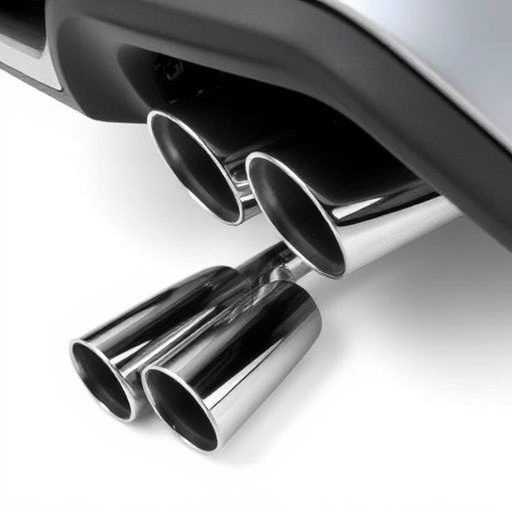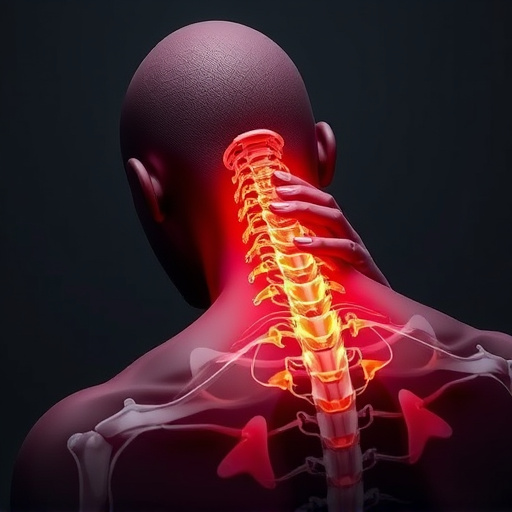Auto injury assessment criteria differentiate minor from major collisions based on impact force, vehicle damage, and immediate symptoms. Minor accidents result in superficial injuries like bruises and mild pain while major collisions can cause severe, life-altering injuries requiring chiropractic care and rehabilitation. Understanding these assessments is vital for both claimants and insurance companies to navigate claims processes effectively and ensure adequate compensation.
In the realm of auto injuries, assessing the severity of damage is crucial for both minor fender benders and major collisions. This article delves into the critical components of auto injury assessment, exploring how differentiating between minor and major cases impacts claims. By understanding assessment criteria and analyzing real-world case studies, we equip readers with insights into navigating the complexities of auto injury assessments, ensuring just compensation for all parties involved.
- Understanding Auto Injury Assessment Criteria
- Differentiating Minor from Major Collisions
- Case Studies: Assessing Impact and Damages
Understanding Auto Injury Assessment Criteria
Auto injury assessment criteria play a pivotal role in determining the severity and extent of injuries sustained in a collision. These criteria are designed to provide a standardized approach to evaluating claims, ensuring fairness and consistency. Several key factors are considered during this process, including but not limited to, the force of impact, the type and speed of vehicles involved, and the resulting physical damage. For minor collisions, the assessment typically focuses on immediate symptoms like minor bruises, cuts, or whiplash. However, even seemingly minor accidents can lead to more complex issues such as sciatica treatment needs or spinal adjustments when looking at long-term effects.
In major collision cases, the auto injury assessment becomes far more intricate and comprehensive. Chiropractic care may be required for severe spinal injuries, and rehabilitation is often a crucial component of recovery. Assessing these cases demands a thorough examination of range of motion, neurological impact, and potential chronic pain management needs. Understanding these criteria is essential for both claimants and insurance companies to navigate the claims process effectively and ensure proper compensation for auto-related injuries.
Differentiating Minor from Major Collisions
Distinguishing between minor and major collisions is a critical step in the auto injury assessment process. While minor fender benders often result in minimal damage to vehicles and relatively mild symptoms in occupants, major collisions can cause extensive vehicle damage and severe, life-altering injuries. This differentiation is essential as it dictates the extent of medical attention, insurance adjustments, and legal proceedings required.
In a minor collision, such as a low-speed bump or light scuffing, vehicles typically sustain cosmetic or superficial damage. Common symptoms experienced by occupants include brief pain, stiffness, and mild headaches. These injuries often resolve with basic first aid and over-the-counter medications. In contrast, major collisions involving high speeds, significant force, or multiple vehicles can yield complex and severe injuries, including whiplash, spinal fractures, internal bleeding, and organ damage. Such cases demand immediate medical attention and may require specialized treatments like shockwave therapy for pain relief and back pain relief, in addition to extensive car accident injury care.
Case Studies: Assessing Impact and Damages

In auto injury assessment, the impact and damages resulting from collisions vary greatly depending on their severity. For minor collisions, symptoms such as mild joint pain and bruises are typically immediate but often resolve within a few weeks with basic first aid and rest. However, in major collision cases, the picture can be much more complex. A thorough auto injury assessment is crucial here to understand the extent of damage, which might include herniated discs, whiplash, or other serious injuries that require specialized treatment like physical therapy or chiropractic care for joint pain relief.
Case studies illustrate this point vividly. Patients involved in severe accidents may experience significant mobility issues and chronic pain, necessitating long-term rehabilitation. In contrast, minor collision victims might only need temporary adjustments to their routine for recovery and mobility improvement. This stark difference underscores the importance of a nuanced auto injury assessment that considers not just immediate physical symptoms but also the potential for latent or cumulative injuries over time.
Auto injury assessment plays a pivotal role in differentiating minor from major collision cases, guiding compensation and recovery efforts. By understanding criteria that define severity and examining factors like impact force, vehicle damage, and injury type, professionals can accurately assess damages. The case studies presented highlight the nuanced approach required for each scenario, emphasizing the importance of thorough evaluation in ensuring just outcomes for all parties involved in auto accidents.














